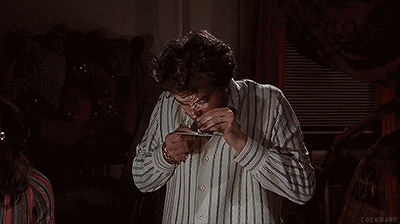RonJohn
Helluva Engineer
- Messages
- 5,048
Since economic decline (coming, no matter what) and "re-opening" the economy (sorta) have been a subject here, how about a paper that looks at the data and models the consequences of different re-opening scenarios? See:
https://www.aei.org/wp-content/uploads/2020/03/Scherbina-determining-the-optimal-duration-WP_1.pdf
Scherbina (great name, btw) has run models that use different infection rates. We won't be able to actually determine that due to a lack of widespread testing, but we can kinda do it by hospitalization rates. Assuming that every COVID-19 infection leads to one more (R = 1), that means 30 - 34 weeks shutdown and so on down to R=.5 for seven or eight weeks. In short, we aren't there yet. This paper does a good cost/benefit analysis too, especially in estimating the costs associated with re-opening too soon.
This isn't definitive by any means; we won't see research about that until way after this whole business is over. It's probably as good a benchmark as we'll get for now, however.
I am using my phone and haven't read the paper. How does he arrive at what the Ro rates are for different levels of mitigation? The current rate is lower than what the theoretical predictions were. How much would it increase of we open non contact business, like storage facilities? How much would it increase of we open non essential retail locations with the same distancing and capacity requirements? How much would it increase if we open more businesses but require everyone in public to wear a mask?
As I said I haven't read the paper, but you description sounds like it makes assumptions based on infection rates. To use such calculations and cost/benefit analysis in relation to different levels of opening things up, you would need to have projections for what the infection rates would be for those different levels of opening.


